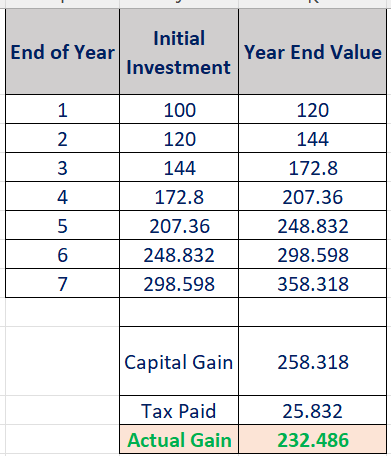Thanks, these are very recent ones with lesser allocations, had some share of good returns from few higher allocation companies as well. They are the ones which resulted in overall better returns. IT has just been a fillip. It is only now that I am taking allocation to more meaningful levels.
I somehow do not like to talk more about my winners but rather about the mistakes done, as there the learning is more…
Not really maintained this. Also my XIRR would not give accurate picture. For most of my core holdings, I have bought them at 3, 4, 5, 7X of my initial buy price knowing that this will reduce my MoS and XIRR as well. That’s because I have been a novice all along and only realized true potential of businesses (and investing in general) much later than my initial entry & tracking.
But still to give you a rough perspective, and I can be completely wrong in this calculations -
Winners
- For stocks that I might have purchased at almost same levels and booked profits - CAGR could be 25-30%
- For stocks purchased in crashes, CAGR would be much higher than 25%
- For stocks purchased at various levels, CAGR would vary - But purchase at higher levels is not for judging today
Losers
- Significant losses in at least 3-4 decent allocation bets (around 3-5% allocation each)
- Significant time correction in few picks, some of which sold at same levels resulting in opportunity costs
Overall - I think including all of above, over 10 years CAGR would be in range of 12-15% (Again can be wrong as no actual detailed calculations done). I have consciously chosen shares that would eventually range in this bracket. Do not want to take higher risk just to improve CAGR. If my chosen stocks face fundamental positive changes, then that’s a welcome surprise (Most of them are chosen keeping in mind a gap present to be eventually filled)…
Pls do not follow anyone. This thread is just to discuss thoughts of self & others and myself learn from them. (If in process others benefit to refine their own thoughts, its great). Develop your own strategy and you would do much much better by being your own self ALWAYS. Why I say always here is that we tend to be ourself in say one cycle (Bull or Bear) and become someone else the moment tide turns other way by virtue of either FOMO (I would not call it greed as a greedy person IMO does not invest) or Fear/Panic…
So just be yourself always…XIRR would follow if you chose the right businesses as per your own strategy…


